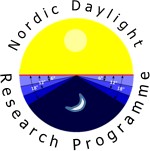WHAT WE DO
Our group focuses on quantitative analysis of the temporal information flow in human physiology in response to light. We study functional circuits over time, from light entering the eyes, hormonal messages, arousal and executing sequences in behaviour, like activity and sleep. Daylight is a key regulator in orchestrating hormone production and flow, all acting at different time scales – seconds, minutes, 24 hours, 365 days, and differently across the life span. Despite a growing body of literature, understanding the communication of temporal information across different systems, how they are interconnected and feed into meaningful behaviour is far from complete. How this multitude of interactions can be studied is by measuring variables of different systems simultaneously and repeatedly over time. We have experiences in collecting time-series data and in integrating these in multi-modal models. Our lab is based in Northern Sweden at a high geographical latitude, which allows us to employ the extreme changes in day length as experimental tool to pinpoint, how light underpins our behaviour during development and as adults. We are collaborating with various other labs in developing methods to map interactions between light and body functions. Our industrial partner with over 30 years of experience in Architectural Glazing designed a unique all-glass architecture, ‘The Photon Space’ that is now becoming our experimental Nordic daylight research facility. Study participants live-in at a comfortable indoor climate for any length in time. If interested in our research, please email: [email protected]
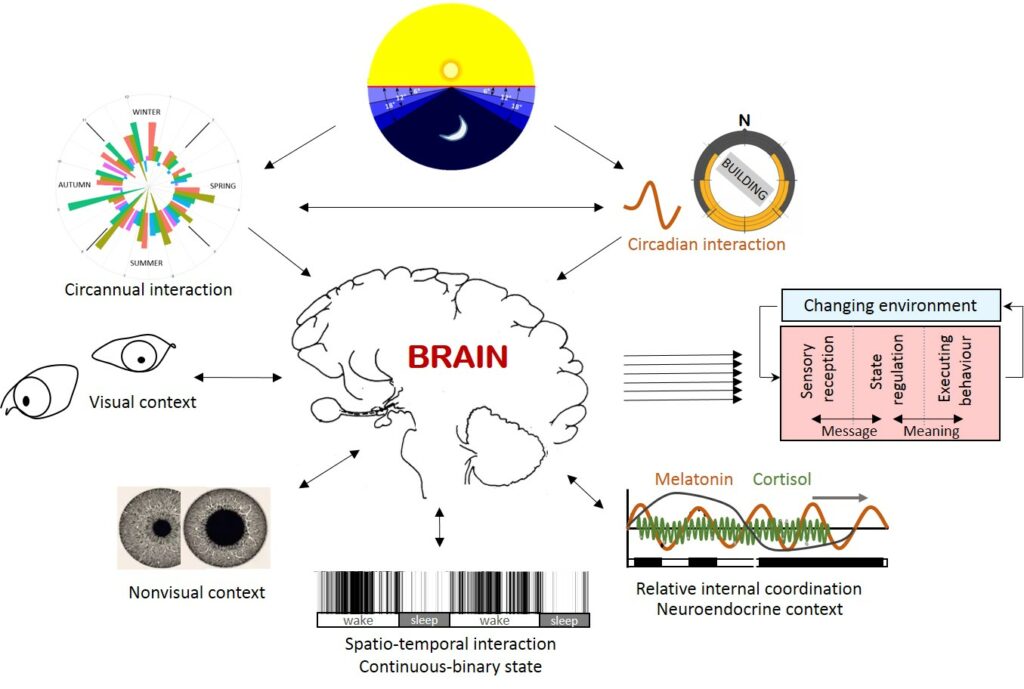
Our lab is using a broad range of devices and readouts:
- Spectroradiometry with timed autonomous recording
- Indoor climate sensor system
- Ambulatory Pupillometry and eye tracking
- Actigraphy to monitor activity and light exposure
- Ambulatory PSG sleep monitoring
- ULTRADIAN for ambulatory fluid sampling to capture hormones
- Experience Sampling Method to capture behaviour in real-time
- Visual comfort, colour and time preference protocols
We have established collaborations with different labs for assays using LCMS and scripts for radiometry calculations. To stimulate the brain systems we employ natural daylight and photoperiod and/or timed wavelength-dependent power from task-designed light sources.
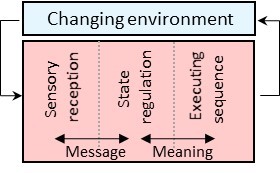
Behaviour in the context of time
The basic concept of human behaviour is the interaction of a person with the environment on the basis of an exchange of information. From an organisational level, the interaction can be broken down into three vectors – an internal state vector receiving filtered messages from sensory input vectors to update a current state and to execute meaningful behaviour as output vector. Currently we have an incomplete knowledge about the effect of daylight on our behaviour, on our development and sensory system sensitivities. New technologies allow fresh ideas to be tested on how transitions between states are regulated by light. Our approach to fill some of the gaps is by making use of rich environmental inputs in our study designs, and by measuring temporal sequences of regulatory parameters in responsive tissue along effects in behavioural outputs. A key part is to document sensor gating properties and physiological modalities in relationship to environmental input in an attempt to draw functional patterns in time and space.
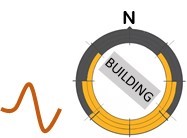
Circadian context
The body clock in our brain generates its own self-sustained rhythm with a period close to 24 hours (endogenous circadian rhythm) that persists in constant conditions. This body clock is responsible to ‘beat time’ to the body’s temporal processes but it depends itself primarily on (day)light exposure to set its own beat to coincide with local day/night cycles. In response to this cue, the body clock can prolong or shorten its activity phases. Testing humans under continuous artificial light is considered torture. We have the advantage of employing naturally occurring daylight at high latitude as well as long twilight and long darkness for its impact on physiological timing and consider its influence in architectural and lighting designs.
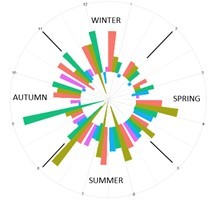
Circannual context
Changes in daily light hours and ambient temperature over the year mark seasonal rhythms, most noticeable the higher the latitude. The rate of change in day length in either direction, towards longer or shorter days, varies most at equinoxes. Evidence exist that hormonal regulation account for seasonal changes in our physiology. While the question whether humans possess a truly endogenous circannual clock is still under debate, we use different hormonal systems to investigate the role of neuromodulation with regard to sensitivity in controlling the speed of generating a new desired state. Access to birth cohorts allow us to apply different time scales to stages of human development.
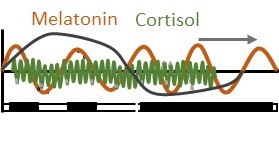
Neuroendocrine context
For optimal physical and mental health, the millions of simultaneous body functions have to be dynamically timed in relation to each other, like the instruments within and across sections of an orchestra to produce music. How day length and daylight is encoded and decoded is understood for several different species, showing that species-specific adaptation play a role, but it is less clear for humans. Dynamic phase relationships between different neuroendocrine rhythms appear relevant for mental health and physical behaviour. We make use of the different environmental conditions to investigate discrepancies in phase-relationships of hormonal rhythms over time using advanced ambulatory sampling techniques and highly sensitive assays.
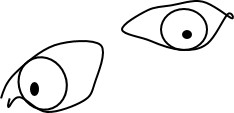
Visual context
The quality of light and the photoreceptors’ properties play a pivotal role in producing a sensory signal. Sensory signals are time-dependent and actions are to be processed sequentially. Using seasonally changing daylight and artificial light we monitor the eye’s effort while transforming sensory signals during visual and mental tasks. Information about attention intervals are valuable to gain insight on modi of operations under different light exposures.

Nonvisual context
Certain qualities of light that modulate arousal and mood in some circumstances are ineffective in others. Internal processes must select particular input signals to get through or not. Sensory microcircuits may affect the signal flow, depending on stimulus exposure and area illuminated. Key to understand these processes will possibly be found by probing the capacity of the sensory sensitivity inside and outside their physiological limits, giving rise to tests under strong photoperiodic changes.

State context
Retinal ganglion neurons switch between electrical activity and silence and only fire when an ignition threshold is exceeded that depends on the given stimulus hitting photoreceptive fields. This is a basic concept and relevant for vision. Whether this binary mechanism plays a role in retinal illumination for changes in relation to sleep and mood, falls into the research interest of our lab. If the general principle holds for sensory thresholds for light, this is likely to have consequences for the building and lighting industry and us spending time outdoors.
